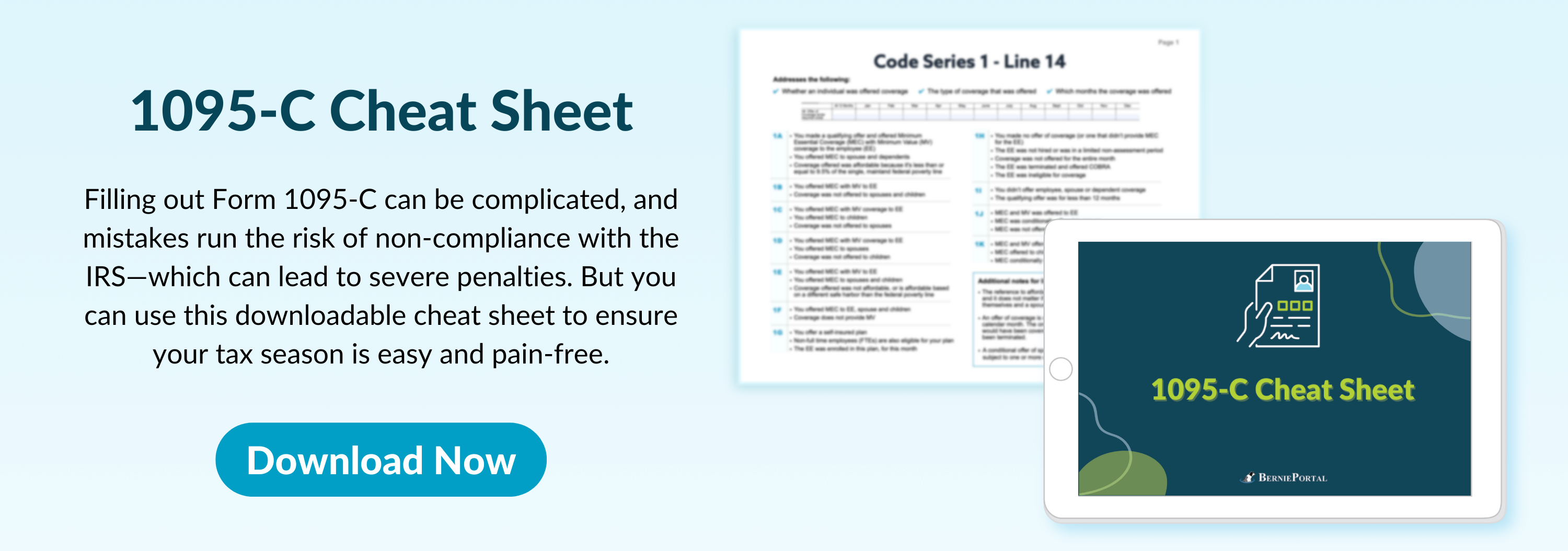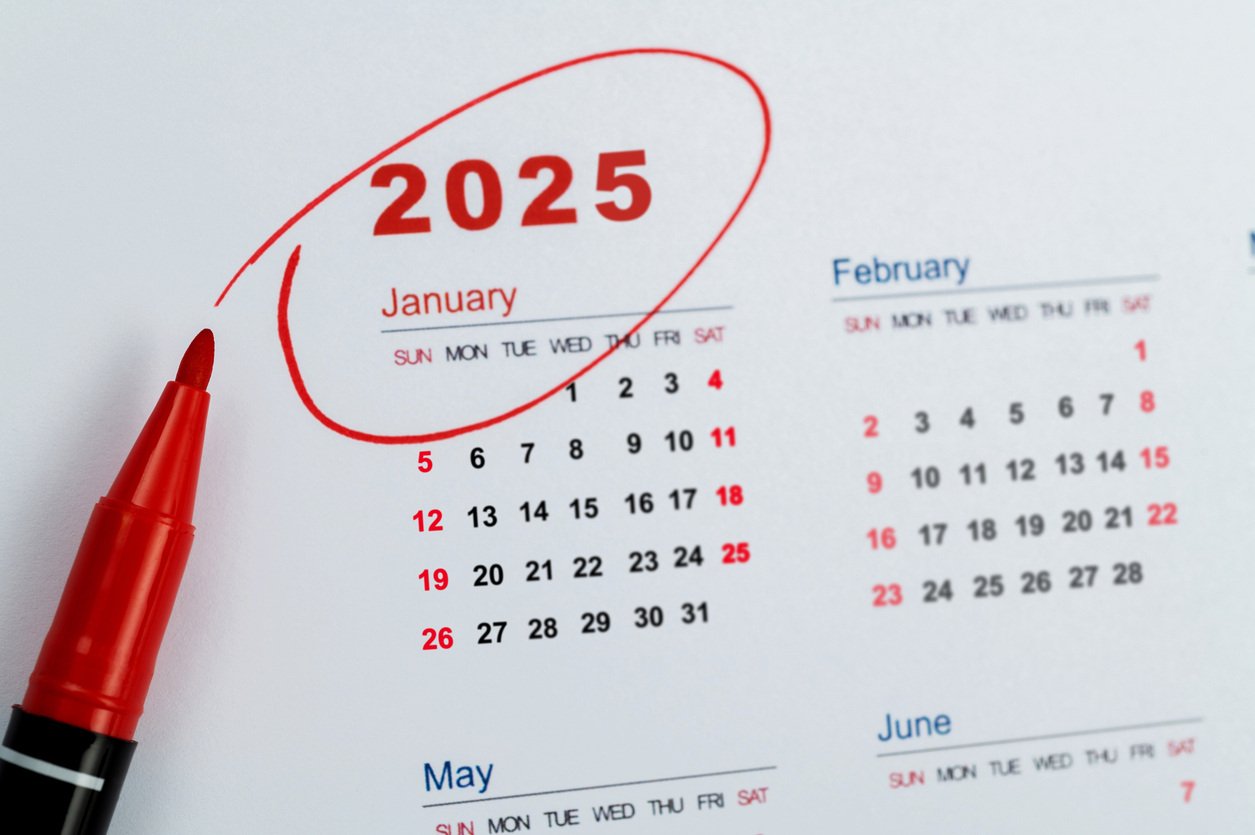
Written by
Aidan Farrish
Aidan is an aPHR-certified writer on the marketing team at BerniePortal. She writes about HR, healthcare, and benefits.
2024 ACA Compliance Updates: What You Need to Know

Affordable Care Act (ACA) compliance can be tricky. In 2024, HR pros can expect lower affordability thresholds, which means increased attention to affordability safe harbors and rising employer-shared responsibility penalties (ESRP).
Read on to learn about the major changes and how to remain ACA compliant in 2024.
Self-Only Healthcare Coverage In 2024: What Is Important to Know?
Lower Affordability Threshold Changes
A lower affordability threshold is a percentage that quantifies how much of an employee’s household income should be spent on an employer-sponsored healthcare plan.
In 2023, the affordability threshold was 9.12%, meaning the lowest-cost employer-sponsored plan for self-only coverage could not cost more than 9.12% of an employee’s household income. That percentage is decreasing in 2024 to 8.39%. This means an employee’s contribution to their employer-provided healthcare plan cannot exceed 8.39% of their household income.
If an employee’s household income is $38,000 annually, and the lower affordability threshold is 8.39%, then the lowest cost plan offered by their employer must not cost more than $6,118 annually.
This change applies to employee-sponsored, self-only coverage. Employers must comply with the lower threshold to ensure they don’t trigger shared responsibility penalties.
Affordability Safe Harbors Rules for ACA Compliance
An affordability safe harbor is a method by which employers can determine if the lowest-cost employer-sponsored healthcare plan does not exceed the affordability threshold. While the ACA and the IRS don’t require the use of them, safe harbors work to protect your organization from potential ESRPs.
Since the ACA affordability rule is based on household income, employers can use these “safe harbors” to figure out if employees fall within the set affordability standard. Safe harbors are useful for organizations when they don’t know employees’ household incomes. These are the three safe harbors employers can use to guide their compliance:
- The W-2 safe harbor is the most challenging, as this method is based on what an employee reports in Box 1 of their W-2. Box 1 is where they self-report taxable income for the year, including wages, tips, and other compensation.
- The rate of pay safe harbor is based on the employer's rate of pay from the start of the coverage period; changes are allowed for hourly employees only if the rate of pay decreased during the same period.
- The federal poverty line safe harbor is based on whether an individual’s monthly contributions to their employer-sponsored healthcare do not exceed the affordability threshold percentage of the federal poverty line. Employers can determine this safe harbor, and if their plan fits within it with a simple calculation.
First, take the 2024 federal poverty line (FPL), which is $14,580, and multiply it by the 2024 affordability threshold, which is 8.39%.
$14,580 x .0839 = $1,223.262
Then, divide that figure by 12 to determine monthly payments during the year.
$1,223.262 / 12 = $101.94
An employee's contribution to the lowest-cost, self-only healthcare plan offered by an employer should not cost more than $101.94 per month or $50.97 for biweekly pay periods.
While nothing this year concerning safe harbors has changed, keep note of all the details you may be required to know. For example, the federal poverty line table updates annually but isn’t released until after the year starts.
Note Rising ESRP Penalties in 2024
Employer-shared responsibility payments (ESRP) are tax payments made when applicable large employers (ALE) offer less than minimum coverage. An ALE is an organization that has 50 or more full-time employees or 50 full-time equivalents (FTEs). FTEs are important to note because your organization may need to tally hours and determine workloads to calculate how many FTEs you employ to remain ACA compliant.
ESRP penalties continue to rise each year, so it is vital to update yourself on compliance to avoid paying severe fines. The IRS levies penalties against ALEs that fail to offer coverage to at least 95% of their full-time employees (the “A” penalty) or those that offer plans that are unaffordable or do not meet the minimum value standard (the “B” penalty).
For 2024, the “A” penalty fine is $2,970, or $247 monthly. The “B” penalty is $4,460, or $371 monthly.
The IRS only needs to find out about one uninsured employee to levy a fine against your organization. Suppose someone is without offered coverage (the “A” penalty) and requests a premium tax credit (PTC) to gain coverage. The ACA health exchange grants the PTC but then notifies the IRS. The IRS cross-references the 1095-C filings for the applicable year and identifies how many people the organization employs to calculate a fine.
Minus the standard 30-person exemption, if your organization employs 350 people full-time, the IRS calculates it like this:
2,880 x (350 - 30) = $950,400 in fines your organization must pay
The A penalty is also called the “sledgehammer penalty” —which is appropriate, considering it extends to all full-time employees and not just those without affordable coverage. Employers must offer affordable coverage to at least 95% of their full-time or FTE workforce. So while there is some grace surrounding the remaining 5% and the 30-person exemption, fines remain steep for small to midsized employers.
To avoid expensive fines, stay up to date on changing penalty amounts for both “A” and “B” penalties. Read more about IRS details on fines and compliance.
2023 Updates for Dependent Coverage: The “Family Glitch” Fix
For employees under employer-sponsored self-only coverage, the IRS’s so-called “family glitch” prevented employees’ dependents from using ACA marketplace subsidies, like PTCs. This is because the IRS determined affordability thresholds for individual employees, not for family coverage.
Families were either left without health insurance or had to choose plans that were prohibitively expensive—one study estimates that these families spend 16% or more of their household income on health insurance. Household income is now the deciding factor on access to subsidies after December 12, 2022.
The “family glitch” affects primarily lower-income households, but small firms should stay informed as it could affect their employees and their employees’ dependents.
Keeping up with all of these details is challenging. An all-in-one HRIS like BerniePortal can help you distribute ACA forms such as the 1095-C and remain compliant with the new ACA changes. As open enrollment closes in January and filing deadlines draw closer, it’s more important than ever for HR pros to stay informed on ACA compliance updates in 2024. For more Affordability Care Act Compliance Insight, check out these 3 common ACA reporting mistakes.
Additional Resources
You can stay informed, educated, and up-to-date with important HR topics using BerniePortal’s comprehensive resources:
- BerniePortal Blog—a one-stop-shop for HR industry news
- HR Glossary—featuring the most common HR terms, acronyms, and compliance
- HR Guides—essential pillars, covering an extensive list of comprehensive HR topics
- BernieU—free online HR courses, approved for SHRM and HRCI recertification credit
- HR Party of One—our popular YouTube series and podcast, covering emerging HR trends and enduring HR topics

Written by
Aidan Farrish
Aidan is an aPHR-certified writer on the marketing team at BerniePortal. She writes about HR, healthcare, and benefits.
Related Posts
Each year, new state and local regulations take effect, and with a new administration...
As we approach 2025, it's essential for HR professionals to plan for the upcoming year's...
From major holidays to key compliance and ACA deadlines, here’s everything you need to...








Submit a Comment